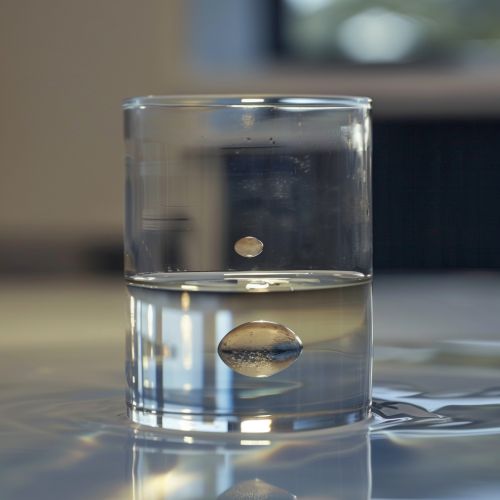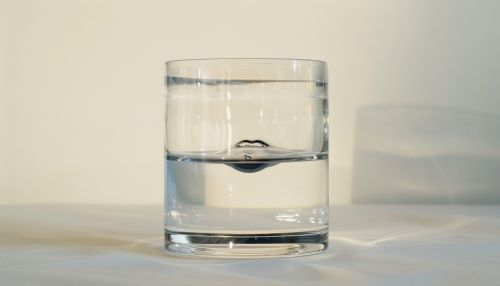Fluid Statics
Introduction
Fluid statics, also known as hydrostatics, is a branch of fluid mechanics that deals with fluids at rest. It is a fundamental aspect of physics, engineering, and many other scientific disciplines. The study of fluid statics allows us to understand phenomena such as the behavior of the atmosphere, the stability of ships, and the workings of hydraulic devices.


Principles of Fluid Statics
The principles of fluid statics are based on the fundamental laws of nature, including Newton's laws of motion and the principle of conservation of energy. These principles allow us to predict the behavior of fluids under various conditions.
Pressure in Fluids
Pressure is a fundamental concept in fluid statics. It is defined as the force exerted by a fluid per unit area. In a fluid at rest, the pressure is the same at all points at the same depth. This is known as Pascal's principle.
Buoyancy
Another key principle in fluid statics is buoyancy, which is the upward force exerted by a fluid on an object submerged in it. This force is equal to the weight of the fluid displaced by the object, a principle known as Archimedes' principle.
Hydrostatic Pressure
Hydrostatic pressure is the pressure exerted by a fluid at rest due to the force of gravity. It increases with depth, with the pressure at a given depth being equal to the weight of the fluid above that depth.
Applications of Fluid Statics
Fluid statics has a wide range of applications in both the natural and engineered world.
Atmospheric Pressure
The principles of fluid statics are used to understand the behavior of the atmosphere. The pressure of the atmosphere at sea level is due to the weight of the air above, and it decreases with altitude in accordance with the principles of hydrostatic pressure.
Hydraulic Devices
Hydraulic devices, such as hydraulic presses and brakes, operate on the principles of fluid statics. These devices use the transmission of pressure in a fluid to amplify force.
Ship Stability
The stability of ships and other floating objects is governed by the principles of buoyancy and fluid statics. The design of such vessels must take into account the distribution of weight and the displacement of water to ensure stability.
